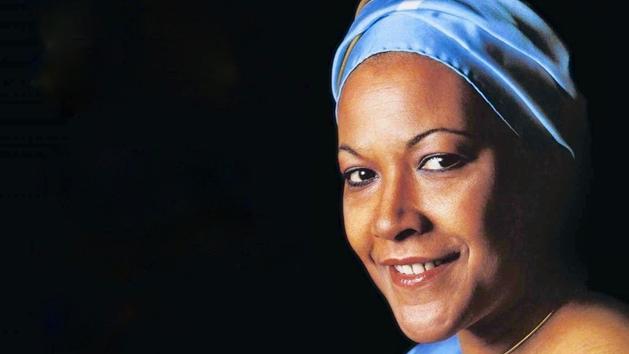She had remained a model and a source of inspiration until the end.
From the countertenor Fabrice Di Falco, founder of the young Voix d'Outre-Mer competition and like her from Martinique, to the Minister of Culture Roselyne Bachelot who liked to describe her as a
"French queen of lyrical art"
, all opera lovers knew her agile and nimble voice, all in light and seduction.
Her remarkable sense of phrasing and line, her love of the French language, made her in addition to a Mozartian of the very first rank, a remarkable ambassador of French song and opera.
Read also: The voices of overseas emerge from the silence
If we remember his young incarnations of Rosine in
The Barber of Seville
by Rossini, or Konstanze in
The Abduction from the Seraglio
by Mozart, impossible to forget his Olympia
from Hoffmann's Tales
, directed by Patrice Chevreau .
Or her performance in the role of the Angel of
Saint Francis of Assisi
by Olivier Messiaen, which the composer wrote for her, and which she premiered in 1983 under the baton of Kent Nagano.
His Elvira in the
Puritans
by Bellini, in 1973, alongside Alfredo Kraus has passed into posterity.
But his Grétry or his Philidor, immortalized at Decca at the end of the 1970s, deserve it just as much.
The art of Christiane Eda-Pierre was that of strength and delicacy.
Because the art of Christiane Eda-Pierre, who died yesterday at the age of 88, was that of strength as well as delicacy.
She was able to stand up to Luciano Pavarotti in Rigoletto in Central Park, in front of 250,000 people, as well as to draw the finest and sweetest of classical melodies.
To read also: Glory to the kings of the cons-C!
She was also a force of character, becoming almost in spite of herself one of the first black singers to make an international career and to shine in France, at the end of the 1950s. She had started by studying the piano.
And, because of its Martinican origins, had long refused to consider a lyrical career, despite a mother teacher of singing as keyboard.
It was her teacher at the École normale de musique in Paris, Charles Panzéra, who convinced her in 1954 to abandon the keyboard to devote herself fully to the exercise of her voice.
Rightly so, a few years later, thanks to his meeting with another enlightened pedagogue, the baritone Louis Noguera, his sunny voice and his personality illuminated the French stages, going so far as to conquer Gabriel Dussurget who made her debut at the Festival lyrique d ' Aix-en-Provence in 1959, and opened the doors to international lyric houses to him in which the artist brought down barrier upon barrier.
She has something to hold on to: her aunt is none other than Paulette Nardal, the first black student to walk through the doors of La Sorbonne - she will do her thesis there on the author of
Uncle Tom
Harriet Beecher Stowe's
La Case
, and first black journalist from France.
Christiane Eda-Pierre had ended her career as an opera singer in 1985, but remained until the end of the 1990s an inspiring and subtle teacher, whether within the walls of the Paris conservatory or those of the Schola Cantorum. .
It was installed in Deux-Sèvres, in Saint-Maurice-la-Fougereuse, but had retained very strong ties with Fort-de-France.

